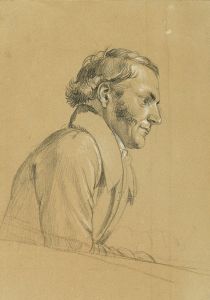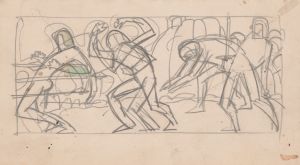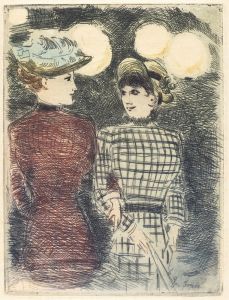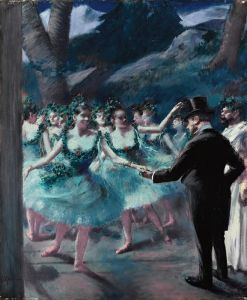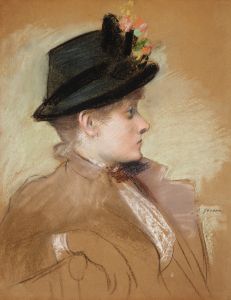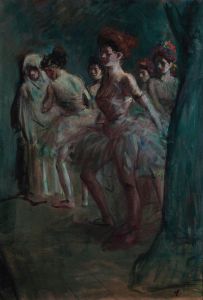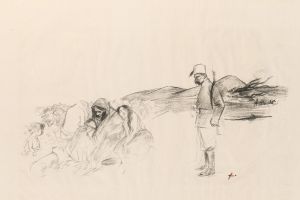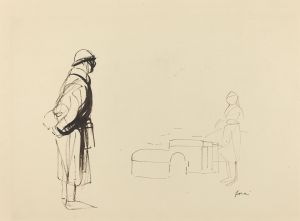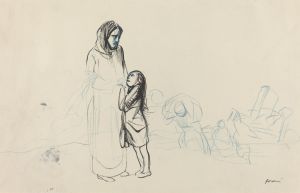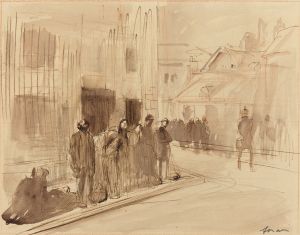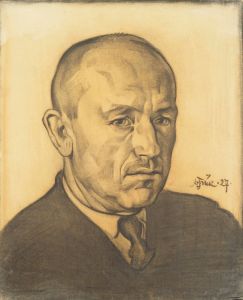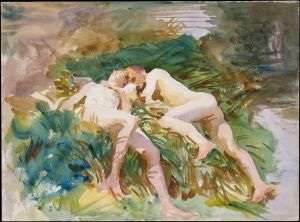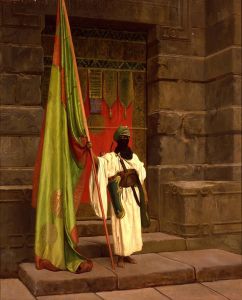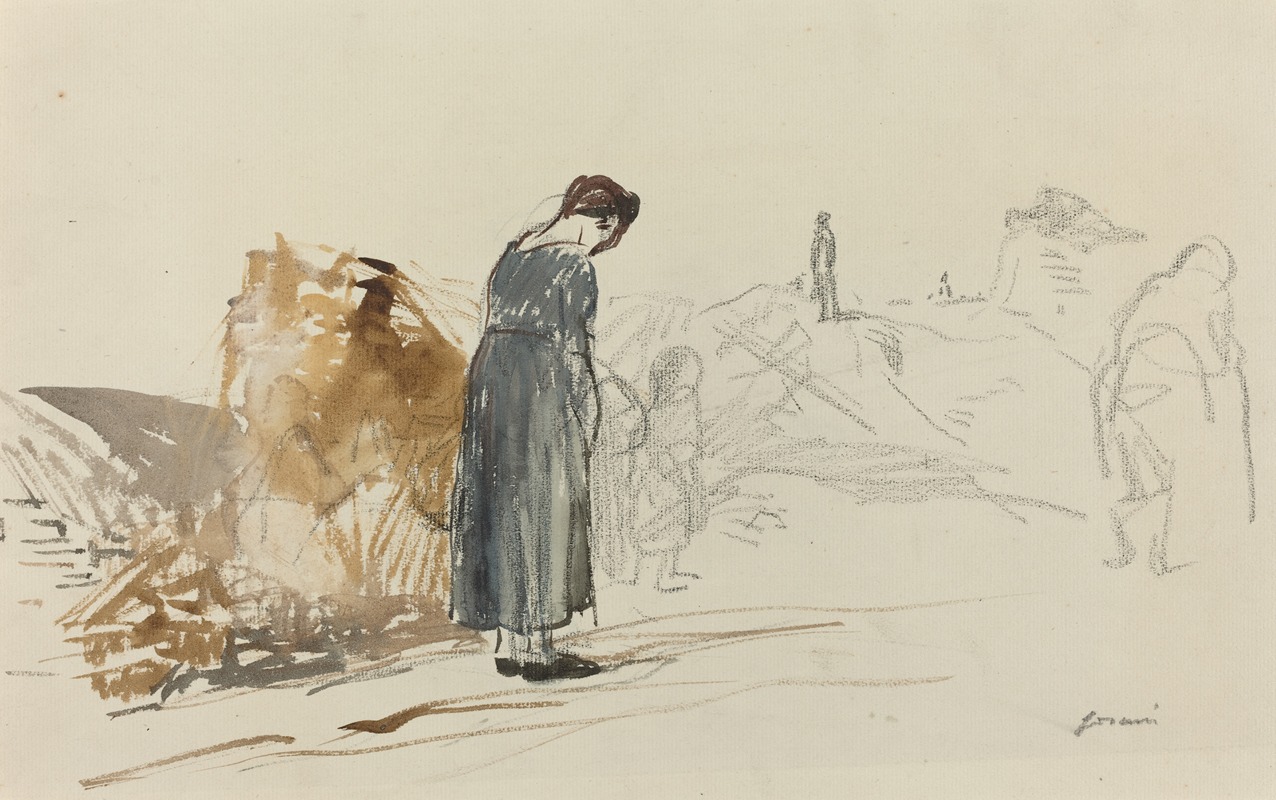
Les Allemandes sont partis
A hand-painted replica of Jean-Louis Forain’s masterpiece Les Allemandes sont partis, meticulously crafted by professional artists to capture the true essence of the original. Each piece is created with museum-quality canvas and rare mineral pigments, carefully painted by experienced artists with delicate brushstrokes and rich, layered colors to perfectly recreate the texture of the original artwork. Unlike machine-printed reproductions, this hand-painted version brings the painting to life, infused with the artist’s emotions and skill in every stroke. Whether for personal collection or home decoration, it instantly elevates the artistic atmosphere of any space.
Jean-Louis Forain was a prominent French painter and printmaker, known for his works that often depicted scenes of Parisian life, capturing the essence of the city during the late 19th and early 20th centuries. One of his notable works is "Les Allemandes sont partis," which translates to "The Germans Have Left." This painting is a reflection of the socio-political climate of its time, particularly in the context of the Franco-Prussian War and its aftermath.
Forain was born on October 23, 1852, in Reims, France, and moved to Paris with his family at a young age. He became associated with the Impressionist movement, although his style evolved over time to incorporate elements of realism and satire. His works often focused on the everyday lives of Parisians, including scenes from the theater, cafes, and the bustling streets of the city.
"Les Allemandes sont partis" is believed to have been created in the context of the Franco-Prussian War, which took place from 1870 to 1871. This conflict resulted in the defeat of France and the subsequent occupation of parts of the country by German forces. The title of the painting suggests a moment of relief or celebration, as it indicates the departure of the German troops from French territory.
Forain's work is characterized by its keen observation and ability to capture the mood and atmosphere of the time. In "Les Allemandes sont partis," he likely used his skills to convey the emotions of the French people as they experienced the end of the occupation. While specific details about the painting's composition and style are not widely documented, it can be inferred that Forain employed his typical techniques, which often included loose brushwork and a focus on capturing the essence of a scene rather than precise details.
Throughout his career, Forain was known for his ability to blend humor and social commentary in his art. He was a contemporary of artists such as Edgar Degas and was influenced by the Impressionists' focus on modern life. However, Forain's work often had a darker, more satirical edge, reflecting his interest in the complexities of human behavior and society.
In addition to his paintings, Forain was also a prolific illustrator and caricaturist, contributing to various publications and using his art to comment on political and social issues of the day. His work remains significant for its ability to capture the spirit of an era and provide insight into the cultural and historical context of late 19th-century France.
While "Les Allemandes sont partis" may not be as widely recognized as some of Forain's other works, it nonetheless represents an important moment in French history and showcases the artist's talent for capturing the emotions and experiences of his time.





